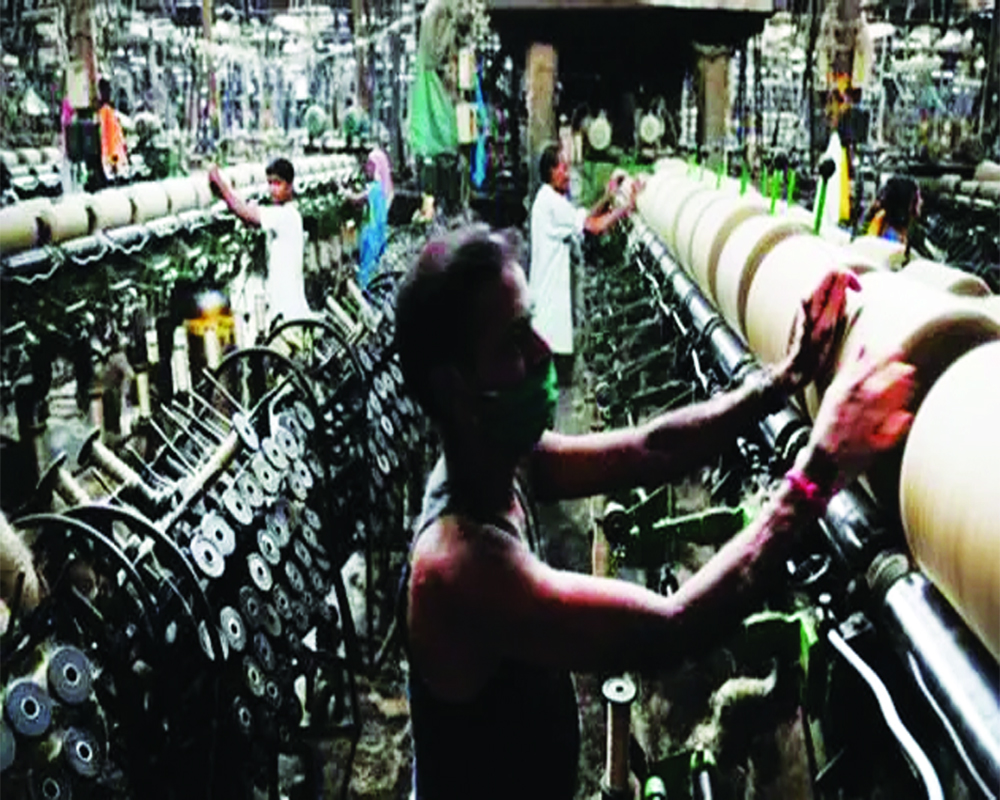Since Independence, Bengal has fallen from being an advanced industrial State to a graveyard of industries
Upon Independence, West Bengal was one of the most industrialised States in India. The British entrepreneurs had invested a great deal in a variety of enterprises, ranging from jute mills, coal mines engineering, tea gardens et al. Paradoxically, it was under the British rule that the well-known Industrial Disputes Act was passed when the Government in Britain was that of the Labour Party. The trade unions, both in the country and particularly in West Bengal, happened to be communist-dominated. Between the law, the unions and their conduct, it was not always easy to work. The managements had little expertise on industrial law because the said Act came into being as late as 1947. West Bengal had to endure many instances of labour violence. The worst incident was in a leading company’s factory; two British foremen were thrown into the furnace as the gruesome fallout of a labour protest. There were also several other incidents in various industrial plants.
Coming to another point, due to the national movement as well as the Second World War, very little investment had been made in the industries in India, Bengal being no exception. By the end of the war, it was high time for most of the industry to refurbish and modernise. At the time, with a new India in an uncertain state, the British owners were reluctant to put in new money. They, therefore, began to sell their companies whenever an Indian buyer offered a reasonable price. They found that there was no dearth of buyers because a fair number of Indian businessmen had plentiful profits from the Second World War. Very few of them had the knowledge or experience of industry. What the British offered were going concerns. Regrettably, not a single one of these British relinquishments was picked up by ethnic Bengalis. In other words, there were quite a few Indian buyers of these British firms, but none from the soil of West Bengal.
The growing of jute as an alternative to rice was encouraged by the mills; this led to agricultural advancement. The jute-growing areas until then were in East Bengal. Otherwise, farming was left alone in those early years. The idea of three crops a year did not really exist. After the kharif crops were harvested, most farms appeared barren.
But skewed agriculture and stalled progress in industry weren’t West Bengal’s only problems. The Partition had hit the State in a big way, with more than three-fourths of its territory going to East Pakistan (now Bangladesh). The oppressed people from East Pakistan flowed into West Bengal. A large numbers of these people had only farming skills, but there were no farms to give them occupation. As a rough guess, about one-third of the State’s population is from the East.
The deterioration of the State’s economy could be seen in Calcutta. Few of today’s generation would believe that the city’s iconic Park Street, until 1950, looked almost like a street in London. Thereafter, Park Street was relegated to only a place of nostalgia. Incidentally, unlike Punjab, Bengal saw mostly a one-way traffic in Partition; only a few families migrated to East Pakistan. Over a period of time, illegal infiltration from the East to the West was a perennial complaint since the late 1960s. All in all, the State’s population is well over nine crore. But the growth in West Bengal’s population was not accompanied by a commensurate economic growth. On the contrary, from an advanced industrial State, it became a graveyard of industries.
West Bengal’s economy now depends on three crops a year and general trading. A historical reason for its economy being slow to grow is its people’s indifference to business and industry. In 1793, Lord Cornwallis introduced his famous Permanent Settlement whereby zamindars would collect the revenue for all times to come. Sub-zamindaris were permissible; as a result, a large number of well-to-do and rich families came into being, especially as prices of produce rose and, with them, the earnings. Even if they earned more, they had to pay the Government the same as in 1793.
The much written-about Bengal renaissance was attributed to this class. By a strange coincidence, there grew a distaste for business and industry. Bengal’s banik (the trader caste) is an OBC and not a twice-born, as he is in the rest of India. Thus, sizeable business opportunities slipped through the Bengali fingers which, in turn, slowed down the economy of West Bengal. In contrast, Gujarat has prospered but there is no great secret to it. The baniyas, the business community there, are only about six per cent of the population. But almost every community in the State is keen to get into business, including the adivasis who form 16 per cent of the State’s population. It is not difficult to explain a simple business proposition in a Gujarat village. Not everyone enjoys music; in contrast, every Bengali enjoys music, but business would be the liking of very few.
After Bidhan Roy, the early great Chief Minister who died in 1964, Bengal has not had a CM who was economy savvy.
(The writer is a well-known columnist and an author. The views expressed are personal.)


























